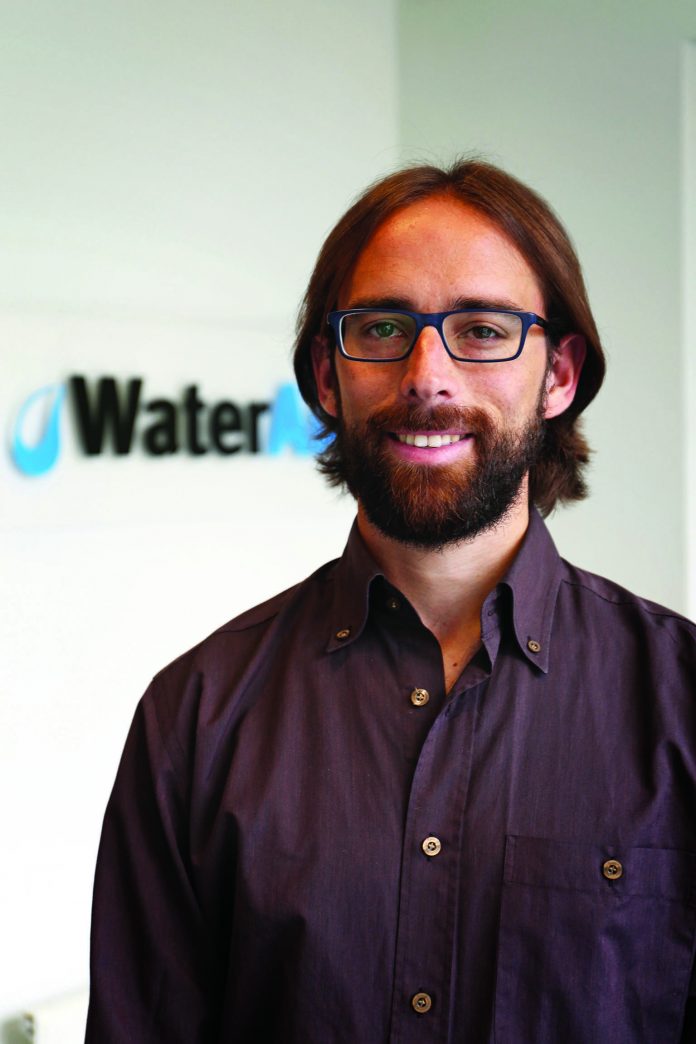New research from WaterAid has identified that strong leadership is the key to success for tackling the ever-growing sanitation challenge caused by uncontrolled urbanisation across the developing world. WaterAid reports that city infrastructure is struggling to keep up in many countries, leaving millions without access to clean water and toilets, increasing the risk of disease. The charity reports, however, that progress is being made.
“City sanitation planning is important, but is not a silver bullet,” said Andrés Hueso, Senior Policy Analyst for Sanitation, WaterAid. “Planning must be adapted to the specific context and phase of sanitation development, and be linked to financing opportunities to avoid it being treated as a tick box exercise.”
A tale of clean cities: insights for planning urban sanitation from Ghana, India and The Philippines explores ‘what works’ by examining how three cities– Visakhapatnam, India; Kumasi, Ghana; and San Fernando, La Union, the Philippines–have made significant strides in ensuring access to sanitation services for all urban dwellers. The report, released at Stockholm World Water Week, provides guidance for municipal authorities, national governments, donors and development agencies to support the UN Global Goal to ensure improved sanitation for everyone everywhere by 2030.
WaterAid acknowledges that while rapid urbanisation poses huge challenges, the pressure it causes can actually be positive, driving demand for services to be provided. Efforts were also driven by financing opportunities, commercial competitiveness or tourism, and even by crises, such as outbreaks of disease.
“One worrying shortfall identified is that the needs of the urban poor are rarely a top priority,” added Hueso. “WaterAid believes we must always aim to reach the poor and most excluded people, ensuring sanitation services reach everyone everywhere by 2030.”








